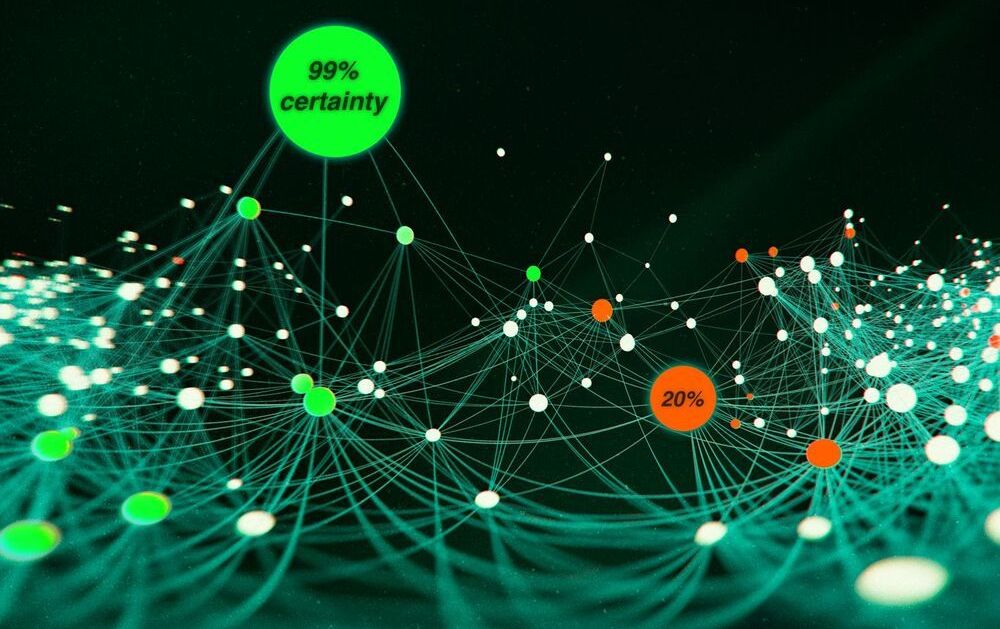The chip could potentially be used to power drones, robotics, smart watches, and bionic implants.
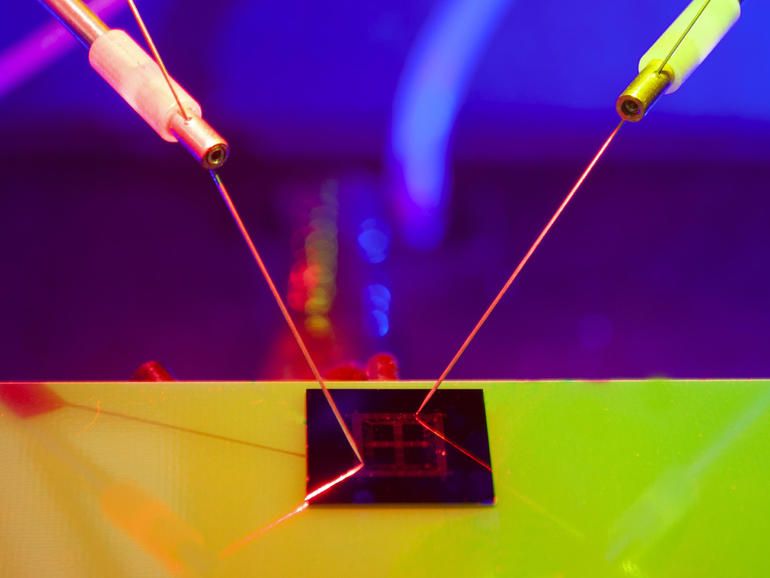

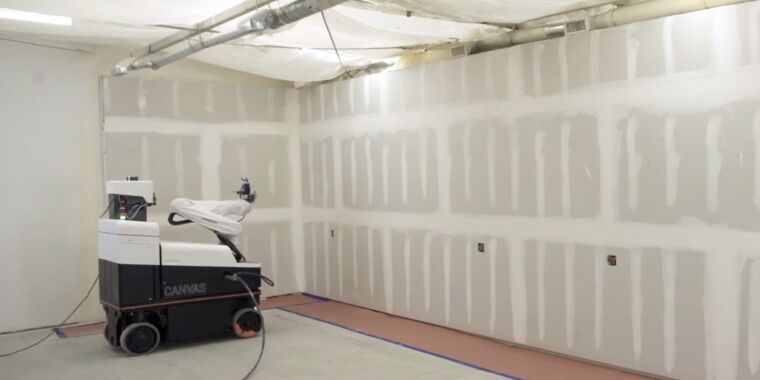
Builder eBob —
A new generation of machines is automating a tech-averse industry.

China plans to launch an unmanned spacecraft to the moon this week to bring back lunar rocks — the first attempt by any nation to retrieve samples from Earth’s natural satellite since the 1970s.
The Chang’e-5 probe, named after the ancient Chinese goddess of the moon, will seek to collect material that can help scientists understand more about the moon’s origins and formation. The mission will test China’s ability to remotely acquire samples from space, ahead of more complex missions.
If successful, the mission will make China only the third country to have retrieved lunar samples, following the United States and the Soviet Union decades ago.
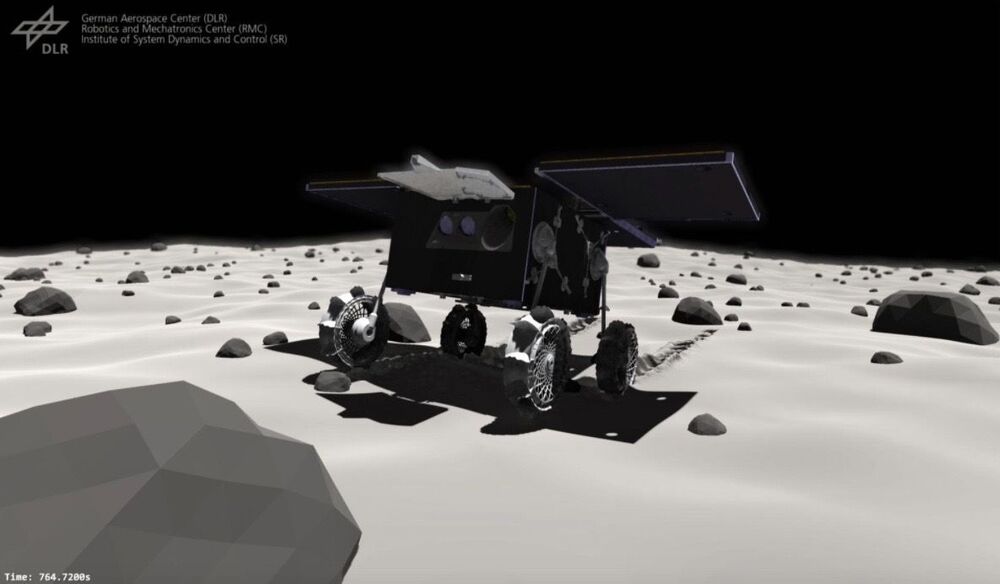
The first rover to explore the moon of another planet has started practicing for its landing, even though that historic touchdown is at least six years away.
The 55-lb. (25 kilograms) robot is part of the Japan Aerospace Exploration Agency’s (JAXA) Martian Moons eXploration (MMX) mission, which is scheduled to launch in 2024 and arrive at the Red Planet the following year.
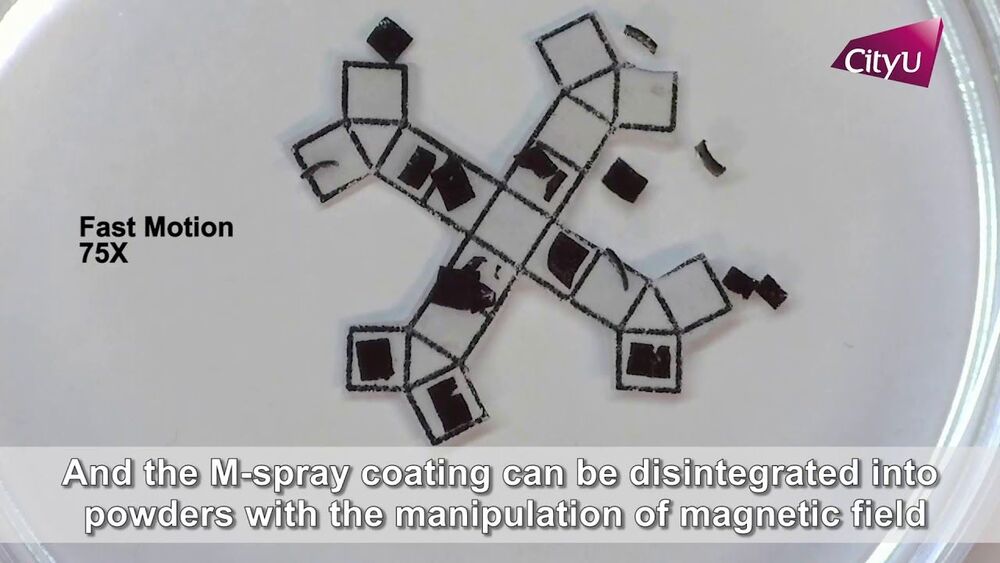
Does the idea of miniature, insect-scale robots swarming toward their intended duties inside your body make your skin crawl?
Medical researchers led by Dr. Shen Yajing from City University of Hong Kong (CityU) don’t wish to alarm you but they’ve just devised a simple method of making millirobots which can be employed in various biomedical applications like targeted drug delivery and catheter navigation.

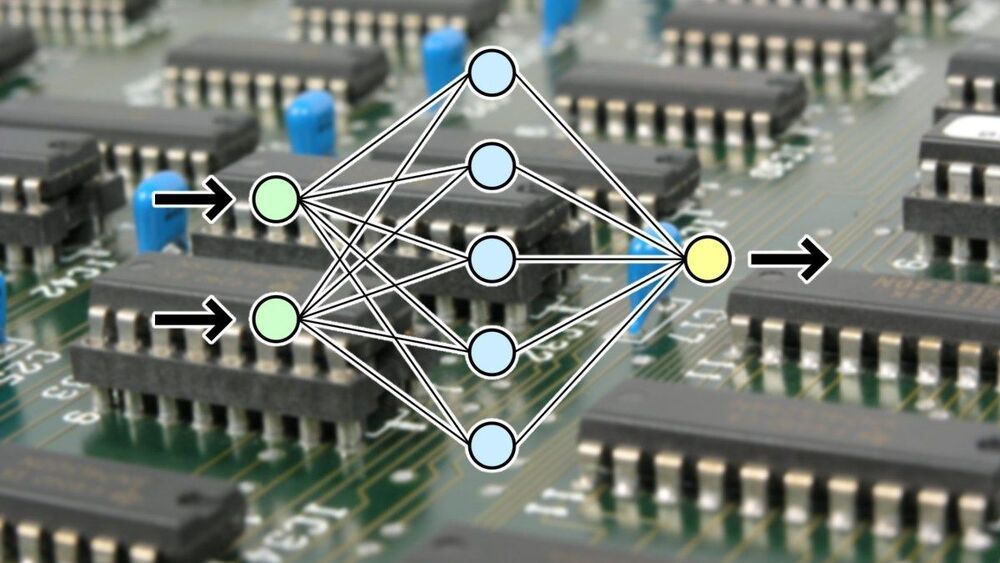
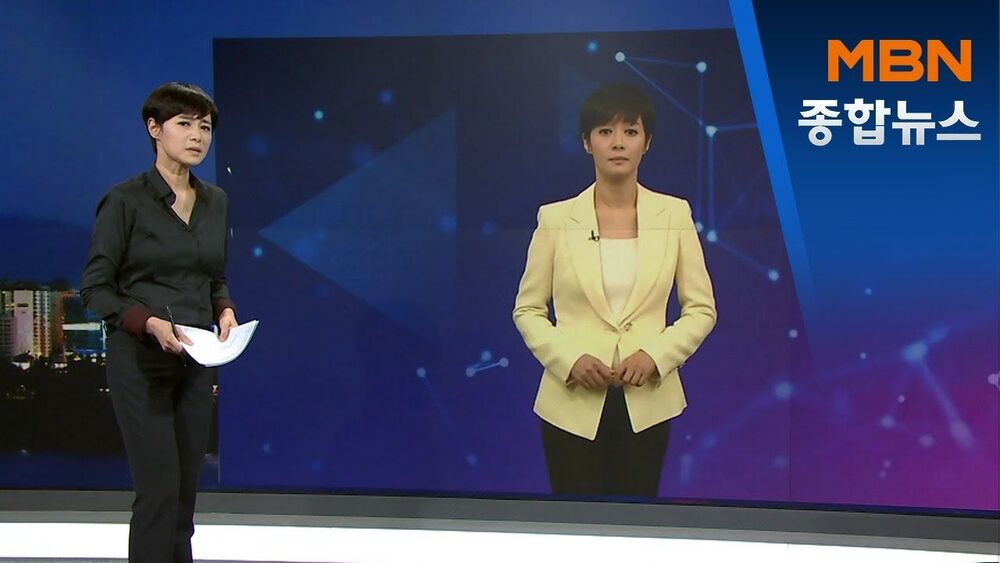
It looks like they’re replacing news anchors with AI in South Korea.
South Korean cable channel MBN has virtually replicated one of their news anchors with the power of artificial intelligence (AI) technology.
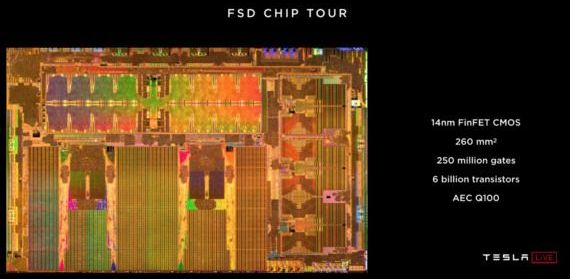
Special thanks to Lieuwe Vinkhuyzen for checking that this very simplified view on building neural nets did not stray too far from reality.
The inhabitants of the Tesla fanboy echo chamber have heard regularly about the Tesla Dojo supercomputer, with almost nobody knowing what it was. It was first mentioned, that I know of, at Tesla Autonomy Day on April 22, 2019. More recently a few comments from Georg Holtz, Tesmanian, and Elon Musk himself have shed some light on this project.
